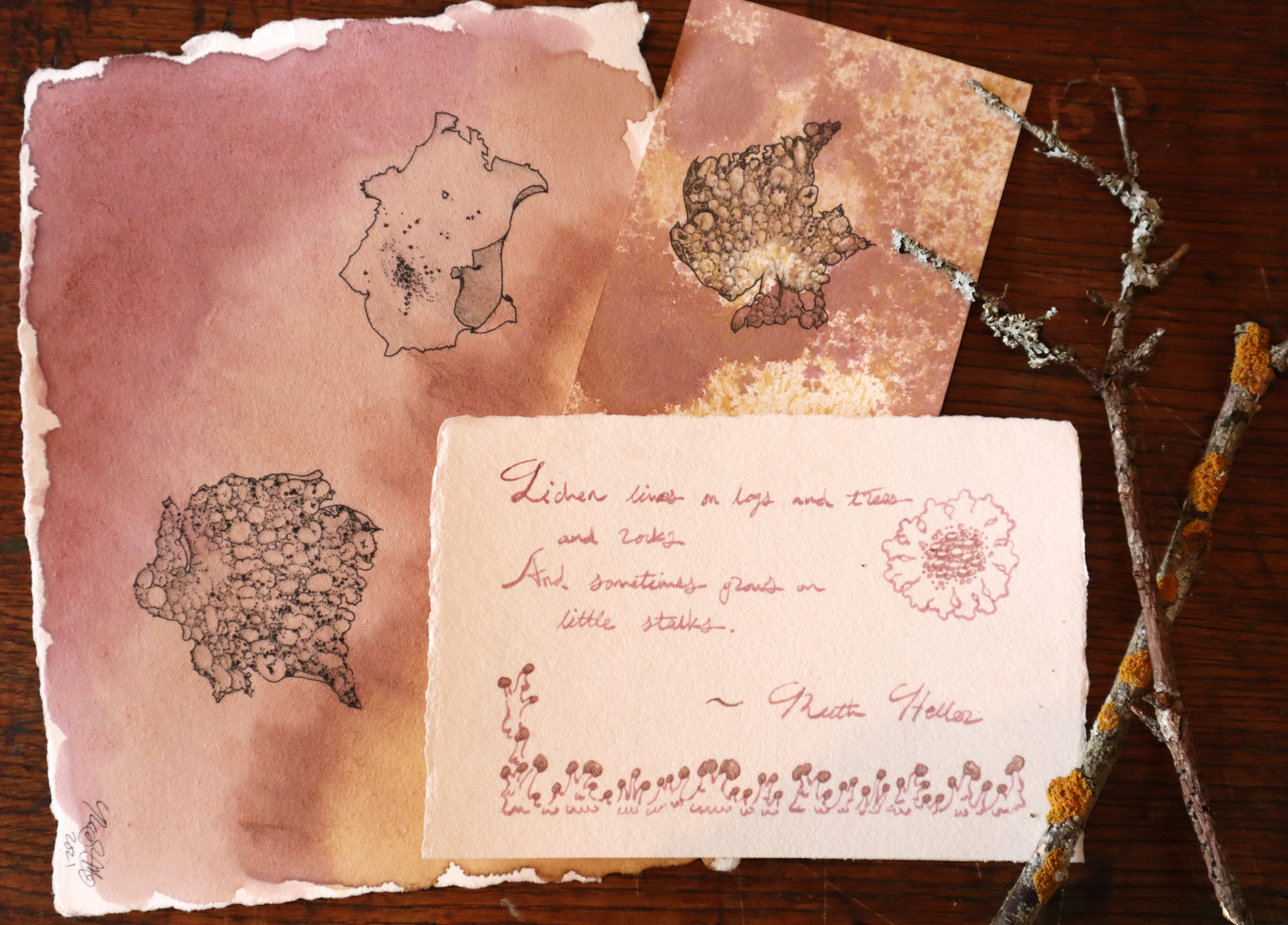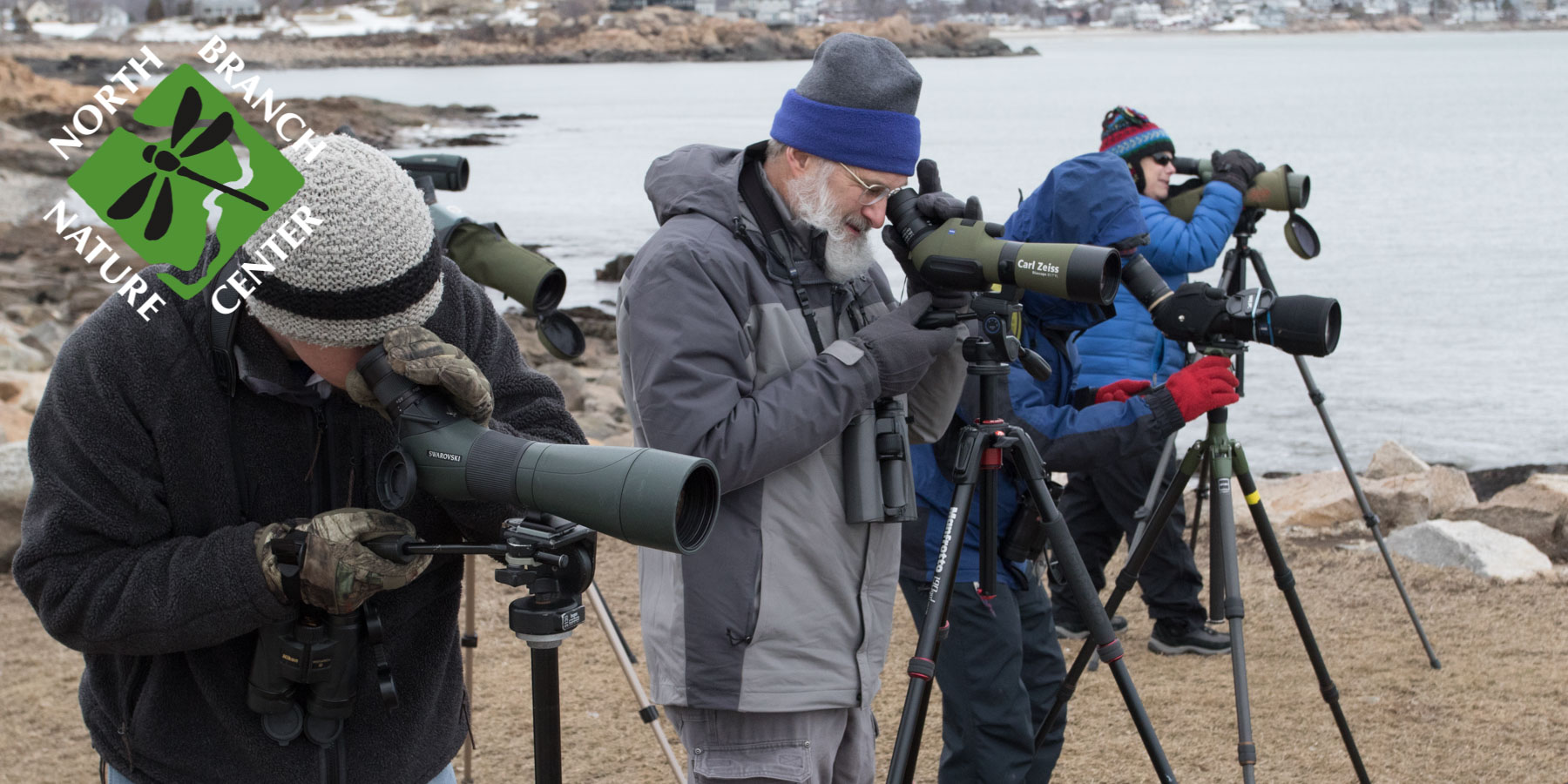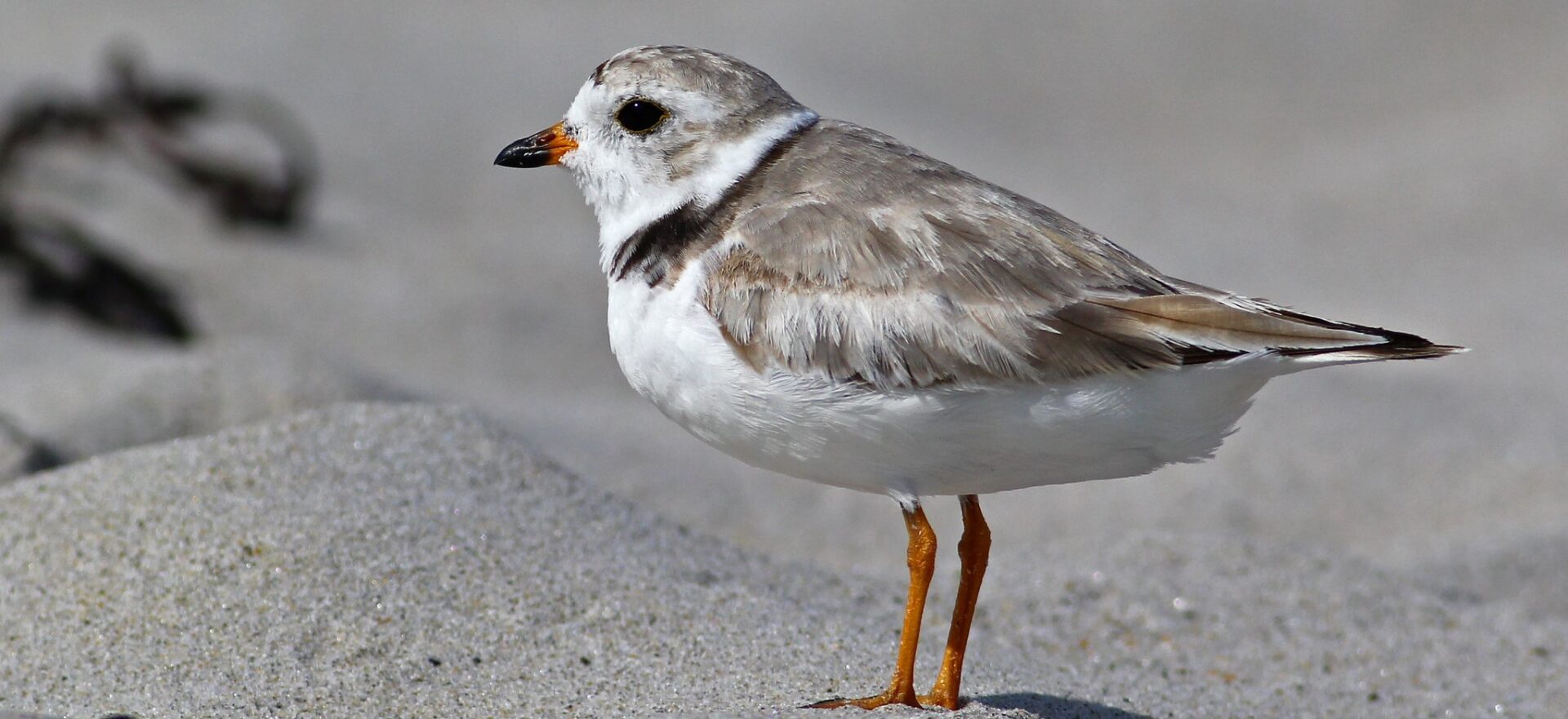Posts Tagged ‘nature’
Nature’s Rainbow Family Art Workshop
Many mushrooms and lichens can be used to make paints! Learn a few paint-making processes for both plants and fungi, then make your own artwork with the colors. For ages 6 and up with a caregiver.
Read MoreNature’s Rainbow Natural Paint Workshop
Many mushrooms and lichens can be used to make paints in a spectrum of earthy reds, oranges, and browns, while plants round out the spectrum with blues and purples. Learn a few paint-making processes for both plants and fungi, then make your own artwork with the colors!
Read MoreSeabirding Along the Atlantic Coast – Winter Birding in Cape Ann, MA
This annual winter adventure is an outstanding opportunity to spend quality time with species rarely, if ever, seen in Vermont. This trip is not only about discovering rare species by land and sea, but about watching, enjoying, and studying seabirds among a community of like-minded nature lovers under the leadership of a first-class guide and educator.
Read MoreShorebirds, Seabirds, and Songbirds on Cape Cod
After the summer beach crowds clear out, Cape Cod is certainly for the birds. Shorebirds, seabird, raptors and songbirds are plentiful on the Cape, and migration is in full swing. his trip is about watching, enjoying, and studying seabirds and shorebirds among a community of like-minded nature lovers under the leadership of a first-class guide and educator.
Read MoreECO Homeschool Program (Ages 6-12) – Winter Session
Our full-day ECO Homeschool program provides a meaningful and fun learning environment based in environmental education and a mentorship model. Each Monday, the woods and fields of North Branch Nature Center will be our classroom, where students will engage with the landscape through standards-based lessons led by our talented ECO education staff. Each session will include games, songs, stories, and activities designed to help students engage with our land and the organisms who share it.
Read MoreA Porcupine in the Classroom
By Zac Cota, NBNC Teacher-Naturalist The first and second graders at Moretown Elementary know they share their forest with many other animals. Chickadees sing while searching for food in…
Read More






